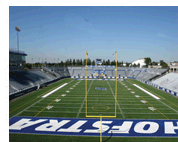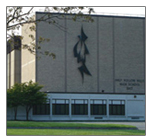Can’t Race Without The MoneyOct 15, 2021Posted by james
Jackie Heinricher is a professional racecar driver and a biotech executive. A few years ago, she formulated an all-star team. No, not in the biotech industry. She created a team of women drivers.
Jackie anticipated that millions of dollars would be needed to run a team. She was confident that companies owned by women, or run by women, or interested in marketing their products to women, would become the sponsors to steer the program.
However, not one woman stepped up to become associated with her team of lady drivers. The team received its primary sponsorship from Caterpillar, the construction equipment manufacturer. During January 2019, Heinricher Racing made its debut in the GT Daytona Class of sports car racing in the International Motor Sports Association. The Henricher team was the first to complete a season with only women drivers. It finished the season in the top 10.
Among the team’s drivers were Katherine Legge (owns a track record at Laguna Seca in Northern California), Simona De Silvestro (with a podium finish in the IndyCar series) and Jackie (first woman to compete in the Lamborghini Super Trofeo; for 2017, she and Pippa Mann were the first all-women team in the Trofeo series, taking third in the pro-am event).
Caterpillar did not sponsor the team for the 2020 season. As Jackie tried to find a new sponsor, another team attracted her drivers. While women have succeeded elsewhere in the sport, finding sponsors, possibly the most difficult part of racing, has remained a barrier for women, who, as drivers, are often seen as gimmicks rather than serious competitors. Caterpillar later told Jackie in an email that one of its reasons for parting ways with her team was her inability to get its car into LeMans.
Part of the difficulty for women drivers to attract sponsors could be that women remain a small percentage of the racing audience. The National Hot Rod Association, by comparison, maintains a long history of women champions and fans, but its following is much smaller than the racing audience.
Jackie remains determined to introduce more women into the top ranks of racing. She has mentored Loni Unser, the fourth-generation progeny of the Unser racing dynasty, and she has her eyes on other young female drivers. To make this a success, Jackie needs to attract sponsors and girl drivers who win.









